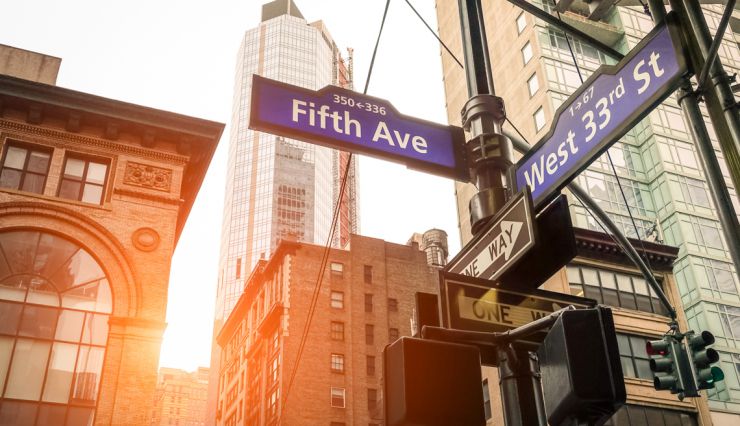
Over the past decade, Saudi Arabia’s (79th) prosperity has improved more than any other nation in the region, driven in large part by improvements in Education. Tertiary enrolment rates have more than doubled to 71%, while secondary enrolment rates are now over 96%, placing Saudi Arabia in the top 20 in the world.
Read More
United States
Ranked 19th of 167
19
th
on the Legatum
Prosperity Index™
OVERALL PROSPERITY
United States is 19th in the overall Prosperity Index rankings. Since 2011, United States has moved down the rankings table by 1 place.
PILLAR RANKINGS
United States performs most strongly in Enterprise Conditions and Infrastructure & Market Access but is weakest in Health. The biggest improvement compared to a decade ago came in Investment Environment.
Visit our Rankings table to see how United States compares to other countries.
When comparing multiple countries on a spider chart, data points that appear
further away from the center represent a better performance to the points that are closer to the center.
Related
See all researchKey Findings of The 2021 Prosperity Index

27 October, 2021
Having seen global prosperity improve steadily between 2015 and 2019, this year’s Legatum Prosperity Index finds that prosperity has plateaued for the second year running.
Read moreUsing the Prosperity Index – A Tool for Transformation

28 October, 2021
The Index has been designed to benefit a wide range of users, including political leaders, policymakers, investors, business leaders, philanthropists, journalists, and…
Read moreRegional Analysis: The 2021 Index

27 October, 2021
The varying performance of the Index’s seven regions provide an illustration of how prosperity has plateaued. Five regions have experienced a deterioration in their prosperity…
Read moreThe principles of prosperity at a moment of global crisis

16 November, 2020
If this time is about anything, it is for each nation to decide its character and who it wants to be. The decisions we make now will create the foundation for our nations…
Read more